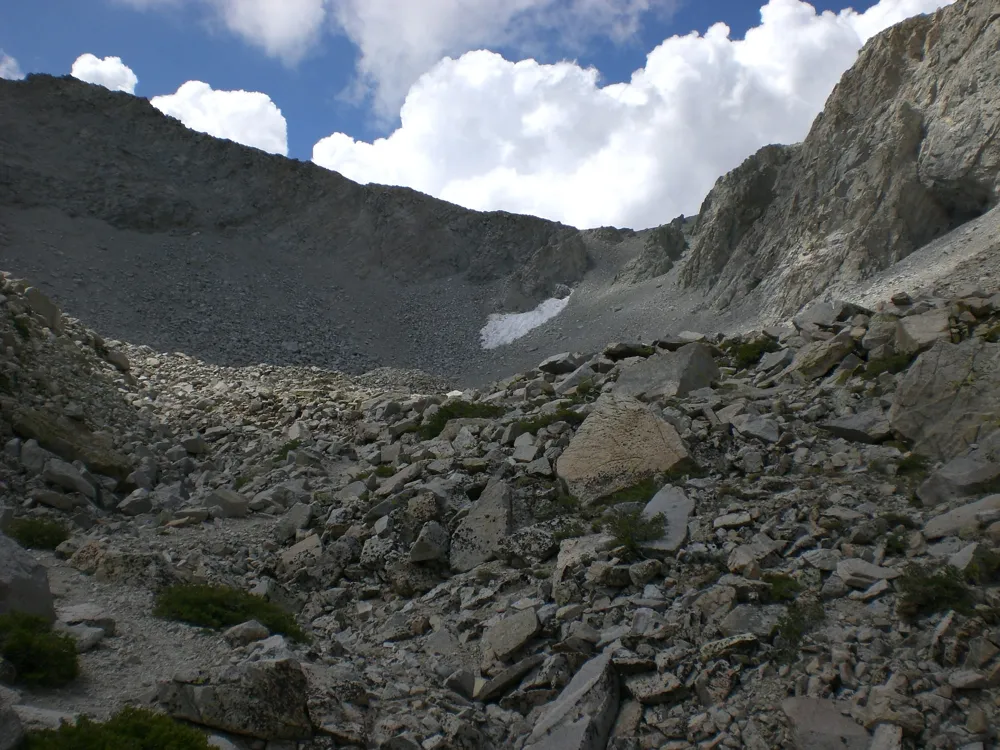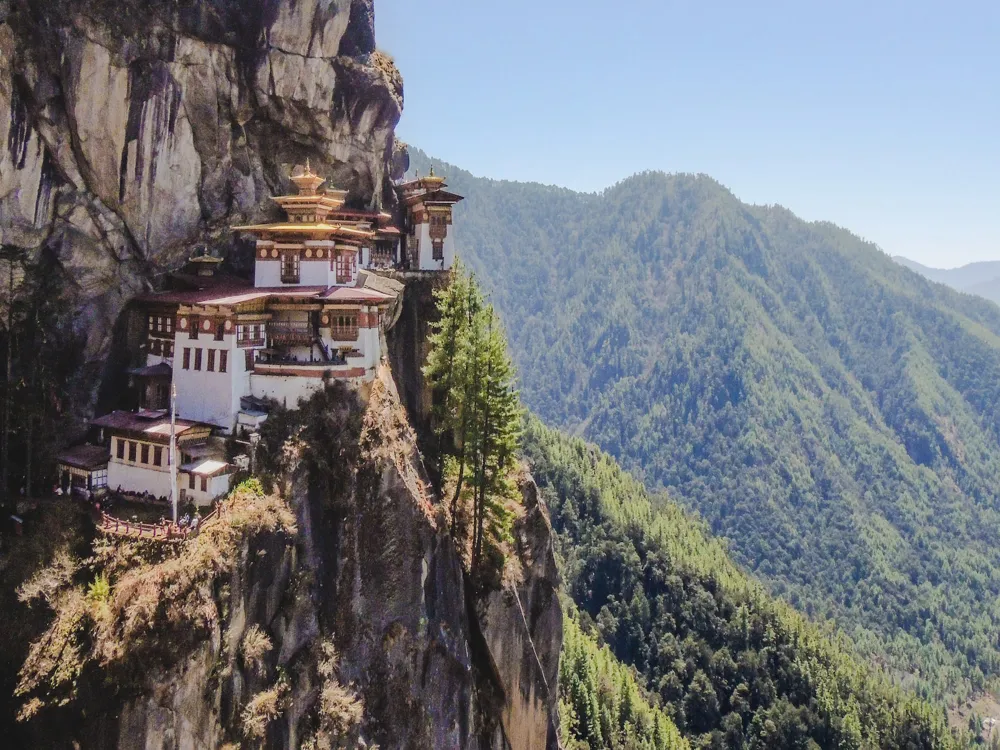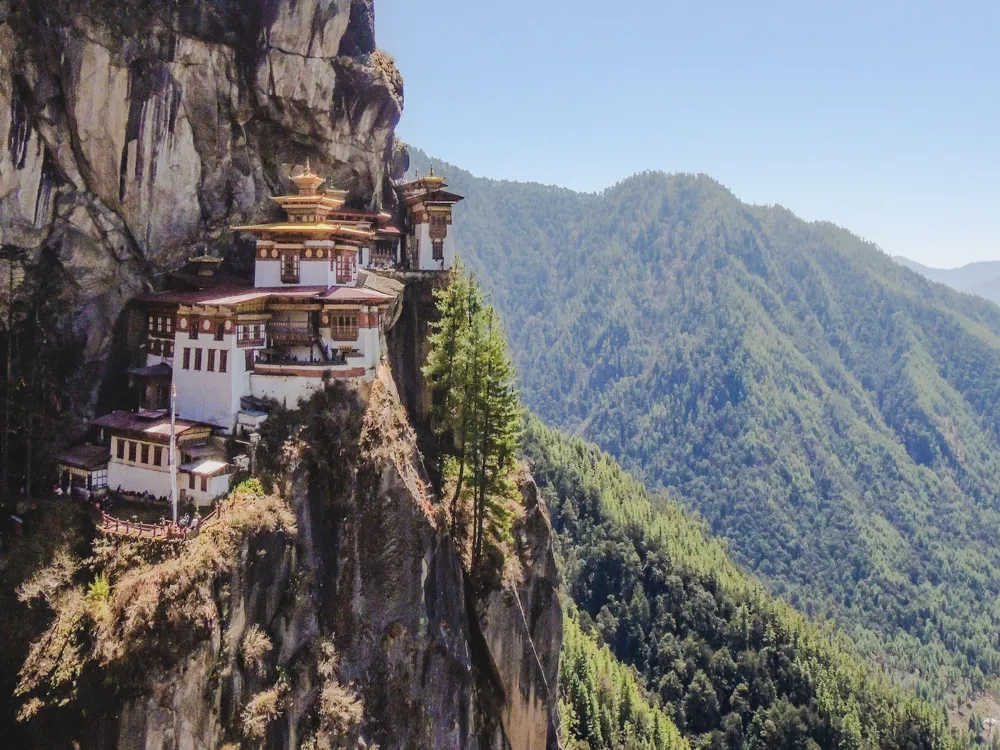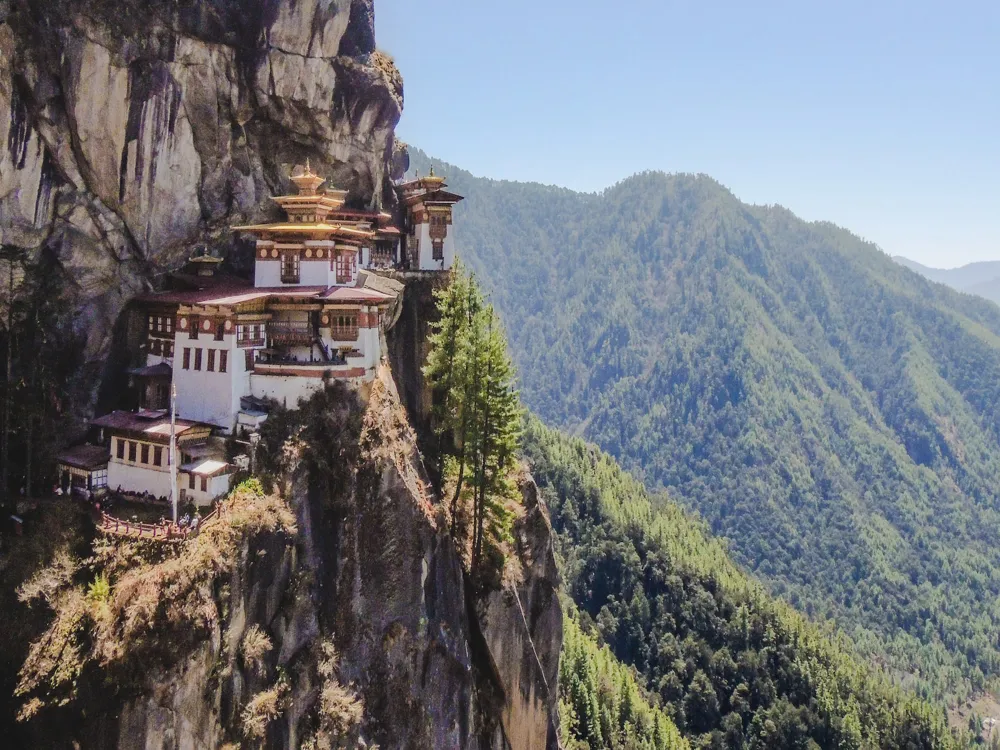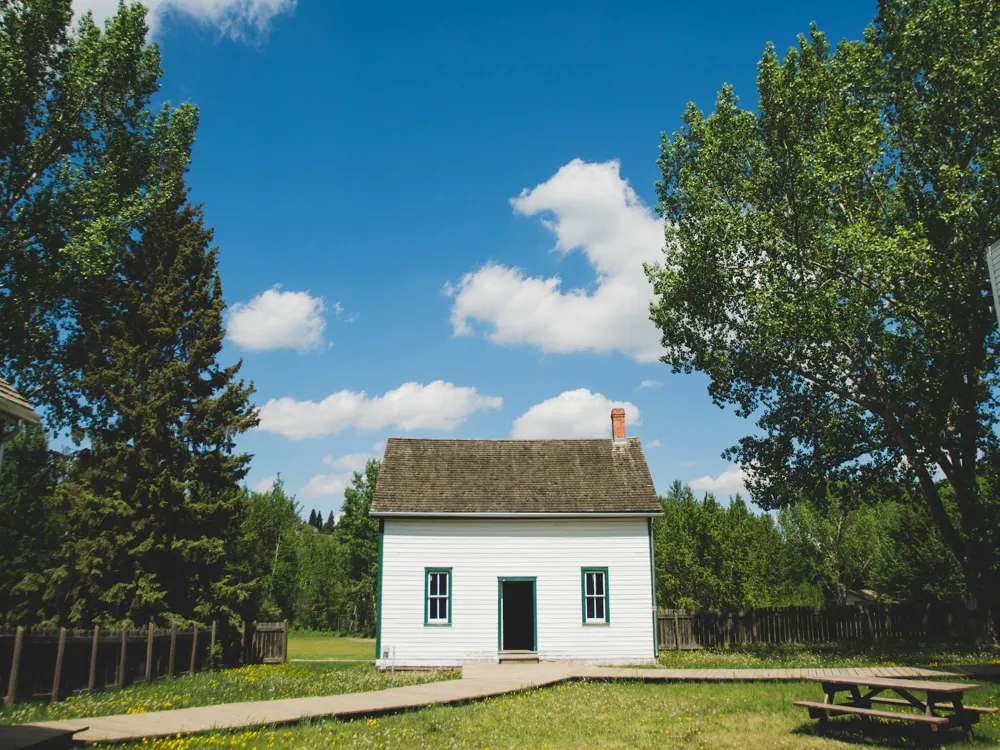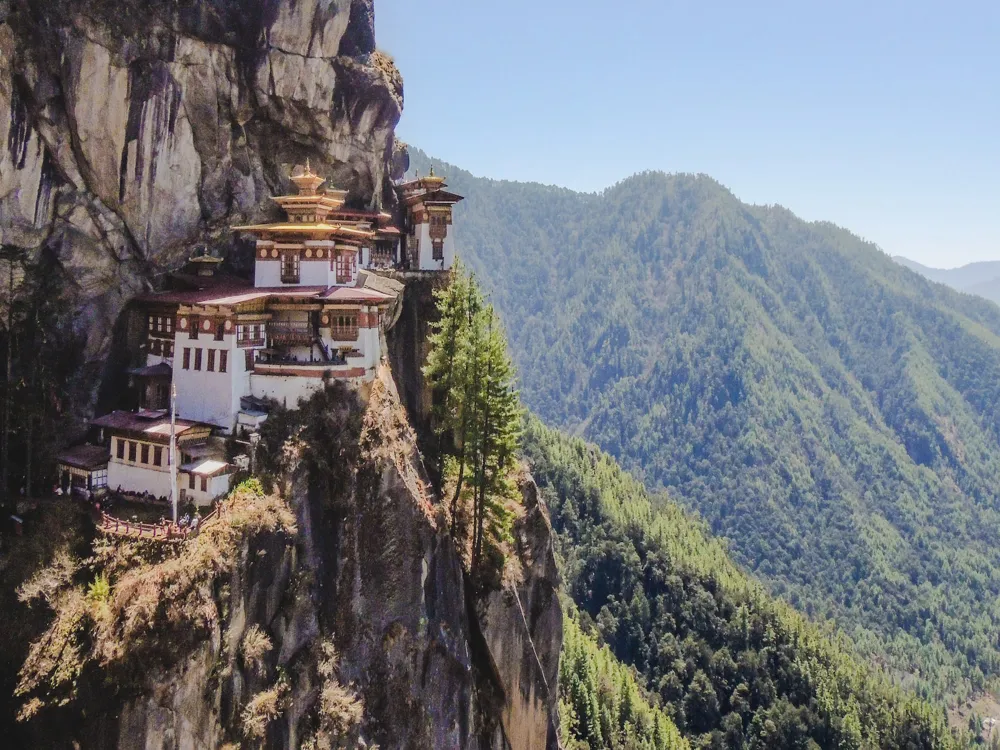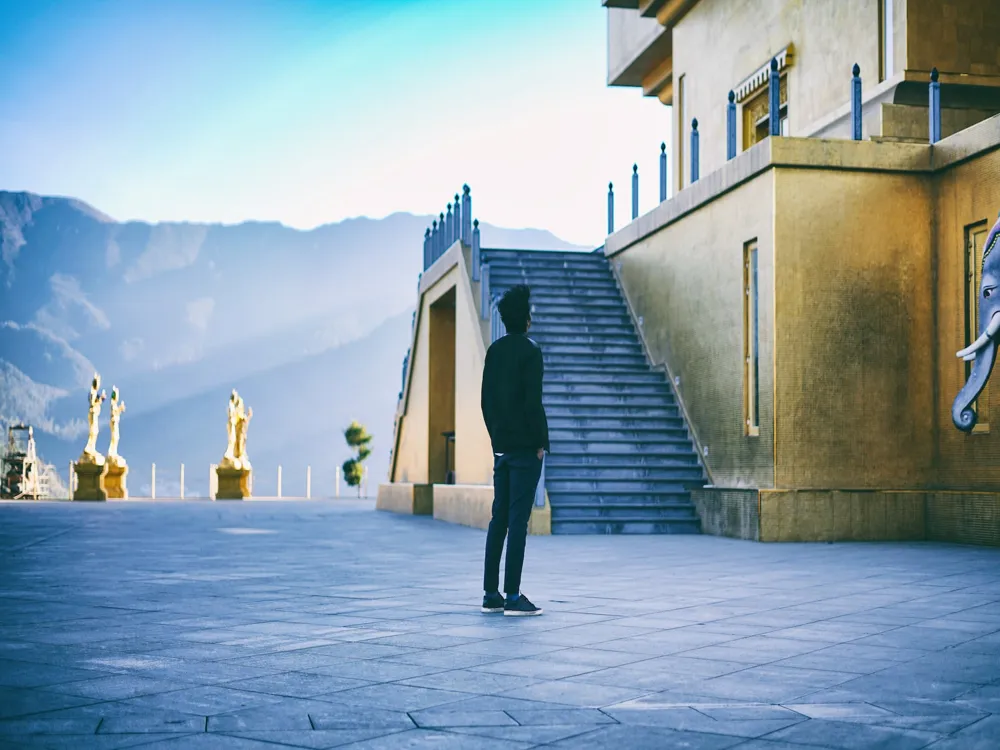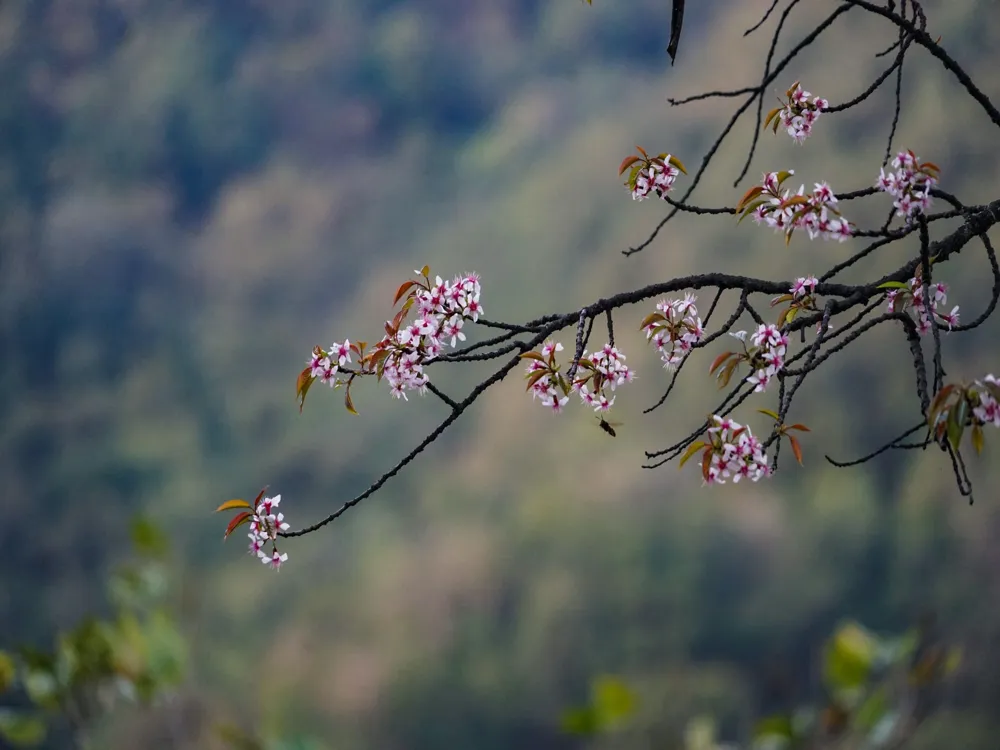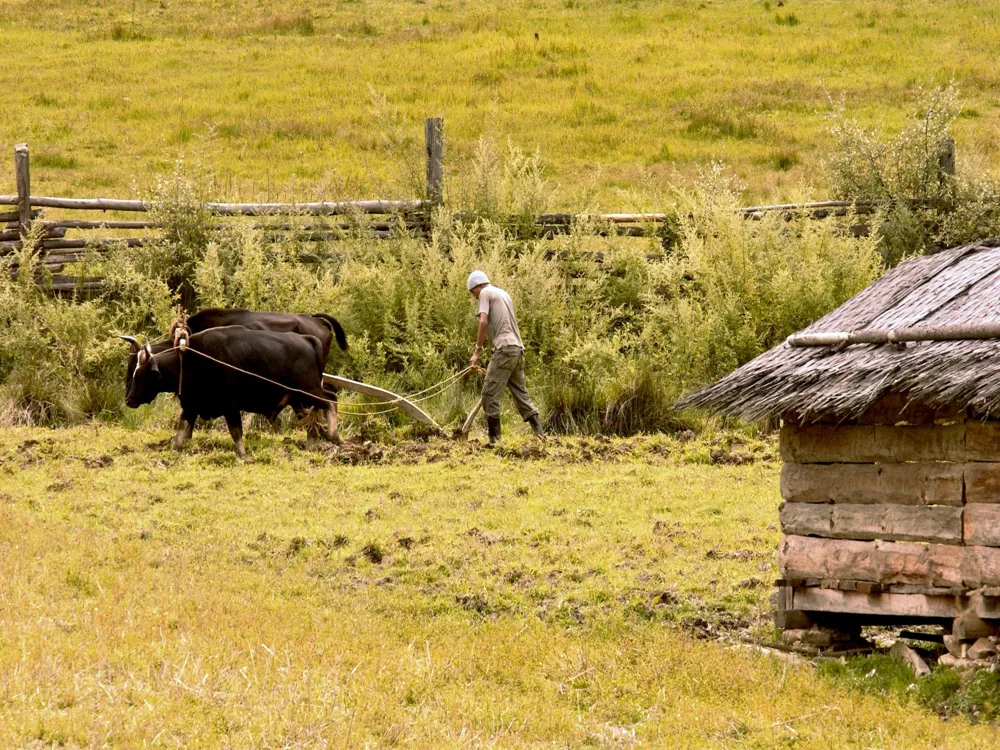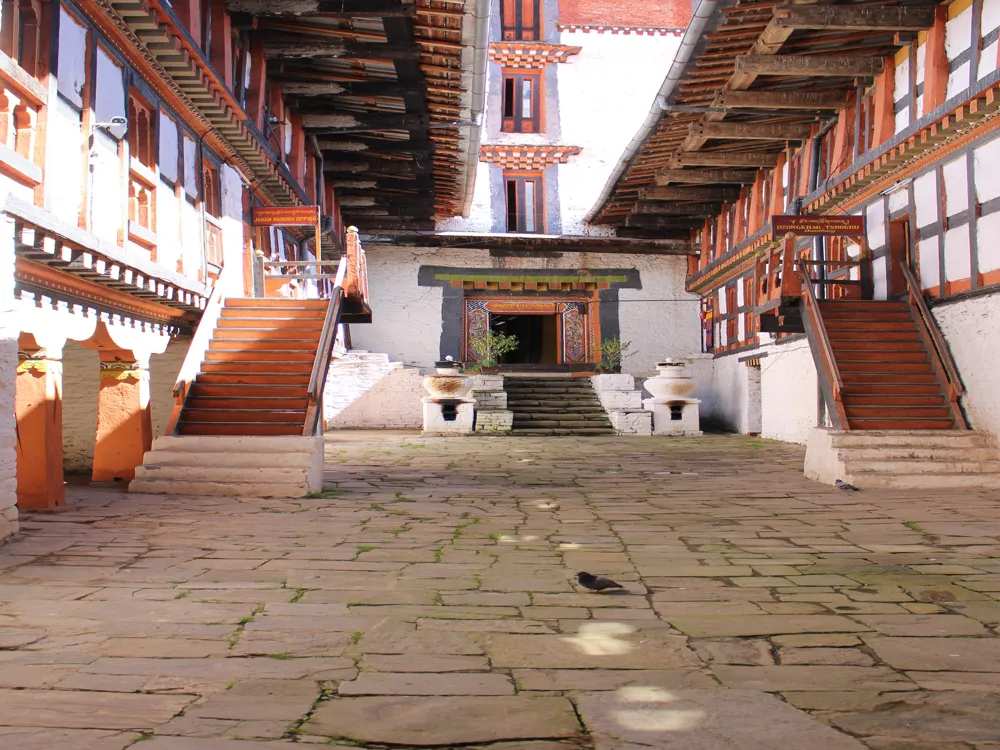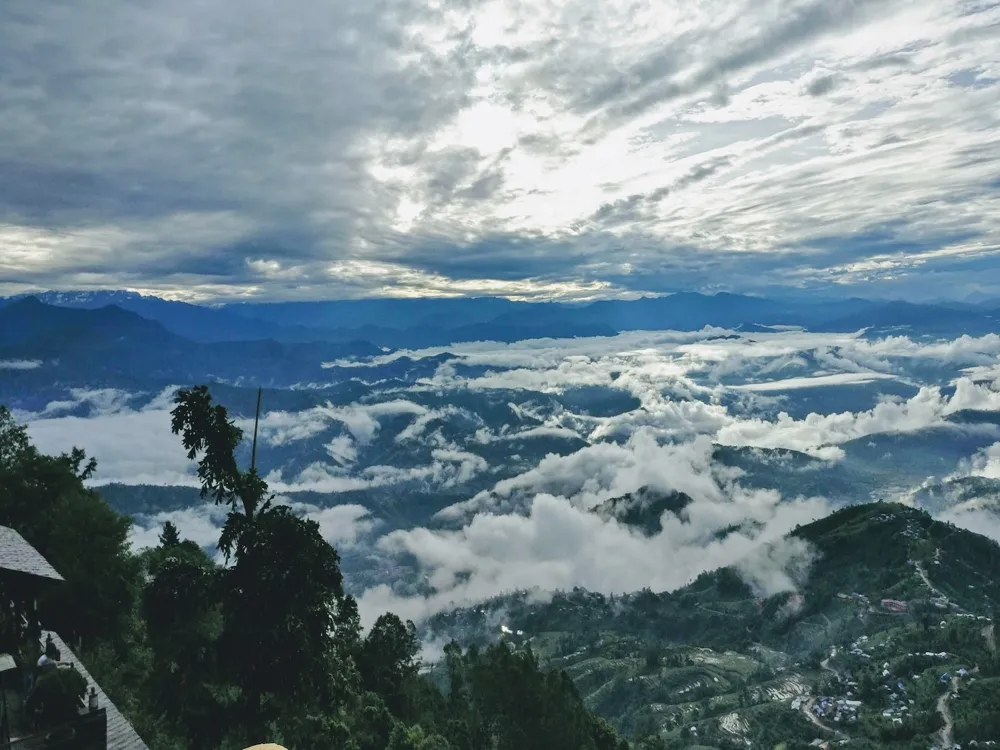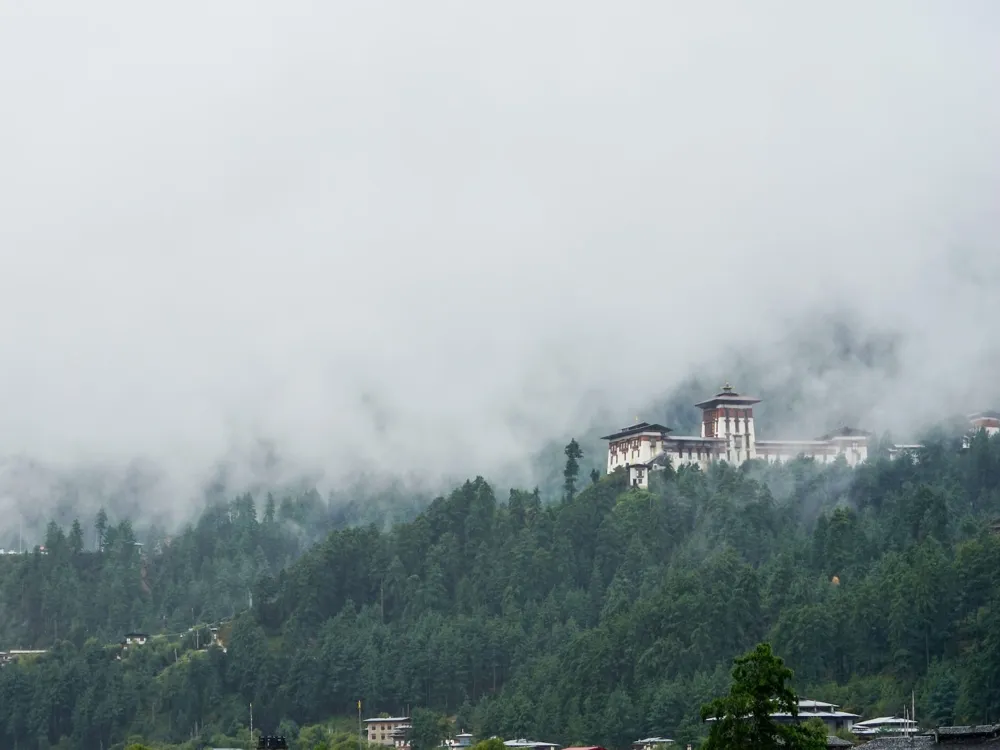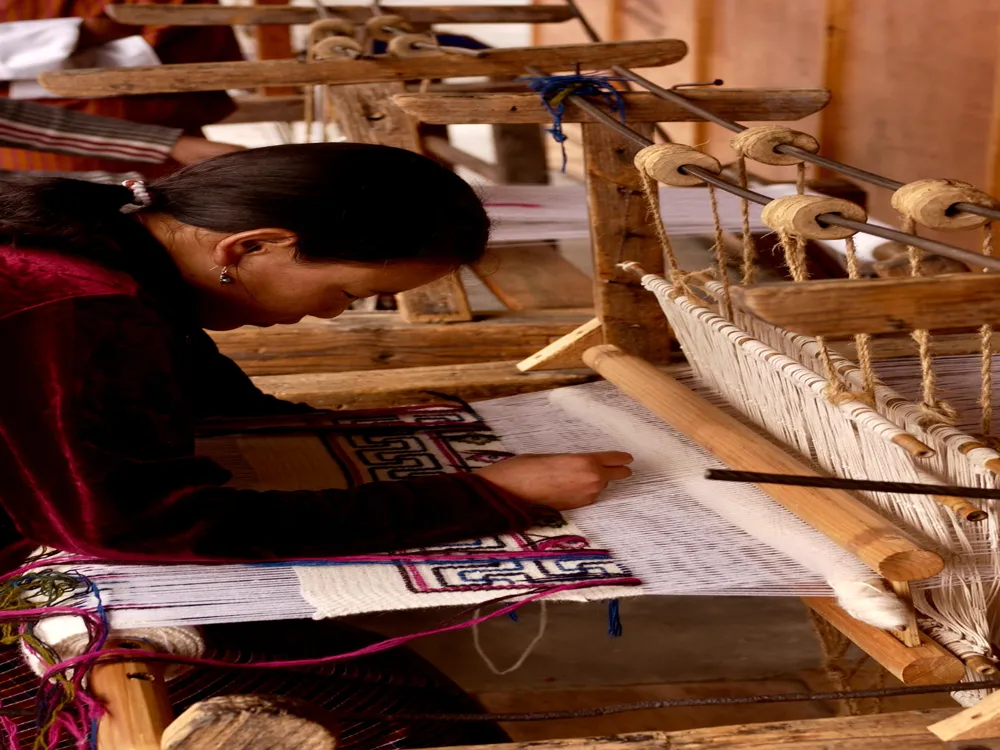Pelri Goemba, nestled in the serene valley of Paro in Bhutan, is not just a mere monastic retreat but a beacon of Bhutanese spiritual and cultural heritage. This sacred site, established in the 17th century, is a testament to Bhutan's rich Buddhist traditions and architectural ingenuity. The Goemba, or monastery, was founded by the revered Terton Pema Lingpa, a significant figure in the Nyingma school of Tibetan Buddhism. Pelri Goemba's location amidst the lush Himalayan foothills offers a tranquil spiritual haven and a window into the soul of Bhutanese devotion. As one traverses the path to this mystical monastery, they are greeted by the intricate designs and vibrant colors that adorn its walls, reflecting the artistic mastery prevalent in Bhutanese architecture. The monastery houses numerous sacred relics and murals depicting various aspects of Buddhist lore, each telling a story of enlightenment and wisdom. The Goemba serves as a center for spiritual learning and practice, attracting monks and spiritual seekers from far and wide, who immerse themselves in meditation and study. The architectural grandeur of Pelri Goemba is a blend of traditional Bhutanese and Tibetan styles, making it a unique landmark in Bhutan's religious landscape. The structure, predominantly made of stone and wood, stands majestically against the backdrop of the verdant Paro valley. The intricate woodwork and carvings on the windows, doors, and balconies showcase the exquisite craftsmanship of Bhutanese artisans. These designs are not merely decorative but also carry religious significance, often depicting dragons, lotuses, and other symbols associated with Buddhist teachings. Inside the monastery, the walls are adorned with Thangkas and murals that illustrate the life of Buddha, the teachings of the Mahayana sect, and various other deities and spiritual leaders of Buddhism. The main prayer hall is a profound example of Bhutanese religious art, with a large statue of Padmasambhava (Guru Rinpoche) presiding over the space, surrounded by smaller statues, ritual objects, and scriptures. The use of vibrant colors and intricate patterns in these artworks creates a spiritual ambiance that is both awe-inspiring and serene. Visitors to Pelri Goemba should dress conservatively, covering shoulders and knees, as a sign of respect for the monastery's religious significance. It is advisable to wear comfortable, modest clothing suitable for both the spiritual environment and the mountainous terrain. As a place of worship and spiritual practice, it's important to observe silence within the monastery premises. Photography may be restricted in certain areas, so it's best to seek permission before capturing any images. Due to its location and the limited number of visitors allowed each day, it's advisable to plan your visit to Pelri Goemba. Check for local festivals or special events that might coincide with your visit for a richer experience. Pelri Goemba, located in the Paro District of Bhutan, is accessible by various means of transport. The most common way to reach Paro is by flying into Paro International Airport, which is well-connected with flights from major cities in India, Nepal, and Thailand. From Paro, visitors can hire a taxi or take a local bus to the base of the trail leading to Pelri Goemba. The hike to the monastery is an integral part of the experience, offering breathtaking views of the surrounding landscape and an opportunity to immerse oneself in the natural beauty of Bhutan. Read More:Overview of Pelri Goemba
Architecture of Pelri Goemba
Tips When Visiting Pelri Goemba
Dress Appropriately
Respect the Monastic Rules
Plan Your Visit
How To Reach Pelri Goemba
Pelri Goemba
Paro
₹ 19,500 onwards
View paro Packages
Weather :
Tags : Buddhist Temple
Timings : 9:00 AM - 5:00 PM
Entry Fee : No Entry Fee
Planning a Trip? Ask Your Question
Paro Travel Packages
View All Packages For Paro
Top Hotel Collections for Paro

Private Pool

Luxury Hotels

5-Star Hotels

Pet Friendly
Top Hotels Near Paro
Other Top Ranking Places In Paro
View All Places To Visit In paro
View paro Packages
Weather :
Tags : Buddhist Temple
Timings : 9:00 AM - 5:00 PM
Entry Fee : No Entry Fee
Planning a Trip? Ask Your Question
Paro Travel Packages
View All Packages For Paro
Top Hotel Collections for Paro

Private Pool

Luxury Hotels

5-Star Hotels

Pet Friendly







